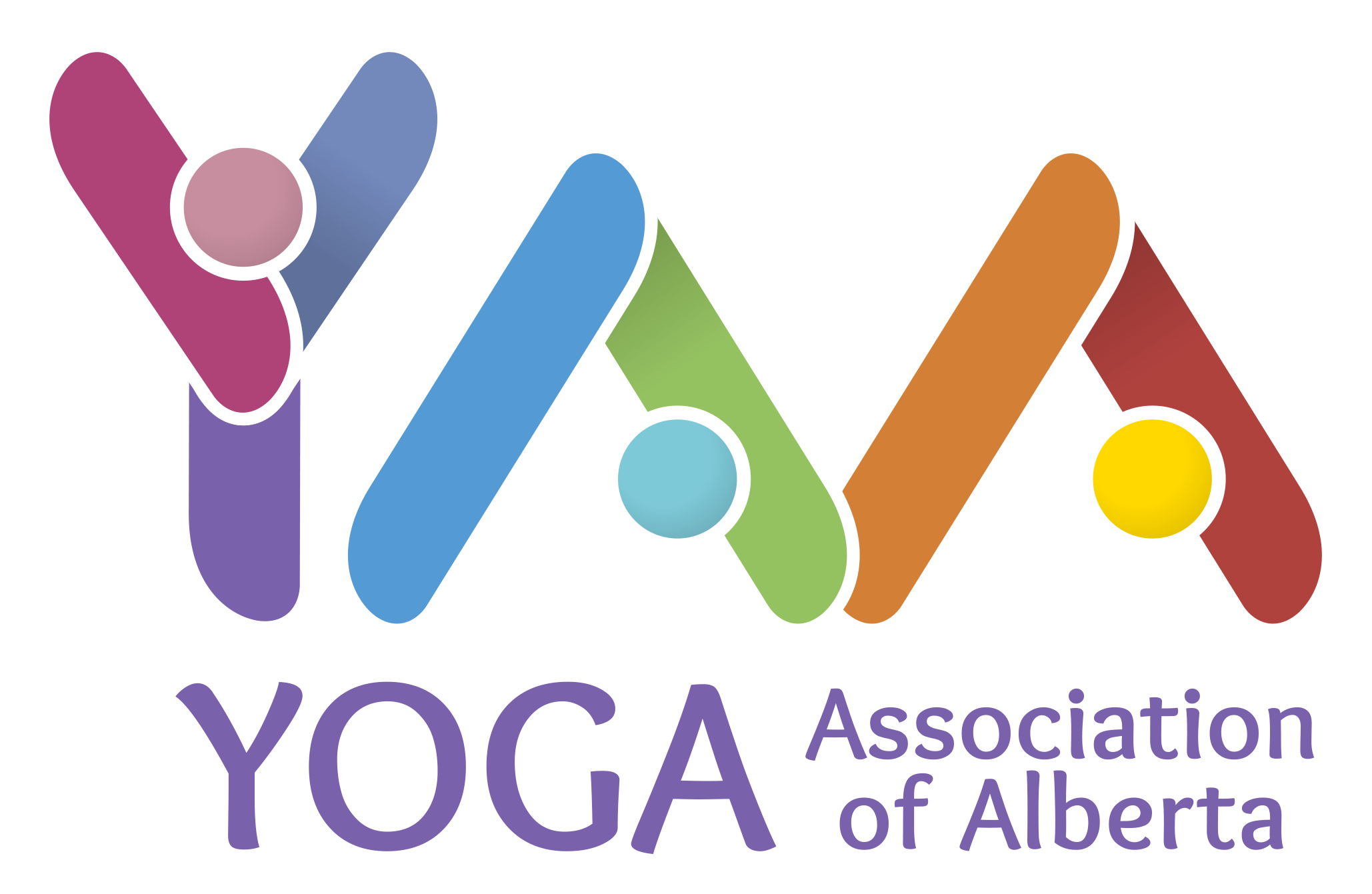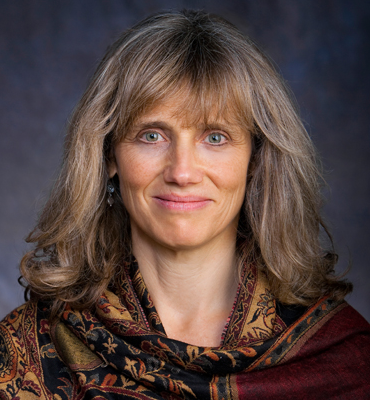By Anne Douglas
Originally published in Yoga Bridge - WINTER 2023 VOLUME 23 ISSUE 1
Yoga is well known in the west to offer excellent practices for healthy, balanced and enlightened living; few know of the yogic practices and principles that can help us prepare for and support us through the winter of our lives and into death. While death is a very natural part of life, many of us are unprepared to meet our own demise or that of our loved ones in a skillful and peaceful manner. As the winter months take hold in the northern hemisphere and the darkness and cool temperatures drive us inward, it seems a natural time to turn to the yogic scriptures for inspiration and solace for the inevitable end of our days.
Sutra 2.3 of Patanjali’s Yoga Sutras introduces the five primal causes of human suffering, or the five klesas. The first four include ignorance of your true Self, self centered egoism, attachment to pleasure and aversion to pain. The fifth klesa involves our will to live and our fear of death. Sutras 2.10 and 2.11 offer the resolution from these causes through the process of returning them to their source by means of meditation. In other words, rather than engaging with these five behaviours, we instead simply observe them arise, without engaging them, so that they may dissolve back from whence they came. While this may sound overly simplistic, by repeatedly observing these behaviours just as one might observe a thought in meditation, their power over us can gradually dissipate.
At first this practice of observing the five causes of suffering may seem overwhelming or tedious. But one might be surprised at how quickly evidence of behaviour change can occur, especially by contemplating just one klesa for a set period of time. Gradually, we can gain insight into their harmful impact, which can help to cultivate motivation in making discriminative choices.
As an example, we can observe the natural human tendency to cling to life (known as abinivesha in Sanskrit) when we swerve to avoid an oncoming car in traffic, or when we choose to keep our bicycle brakes in good repair. These are natural, logical and healthy responses to potentially lifethreatening circumstances that are mostly within our control.
There is also the unnecessary clinging to life that can create suffering based on behaviours that originate from unexamined fears or beliefs. These can include the fearful assumptions we make about what happens after we die. There is little to be known about this from a scientific standpoint, however there is much written on the subject from a philosophical or spiritual perspective. One way to alleviate our fears can be to contemplate writings in which various authors describe the process of death from their own or others’ direct experience.
The Katha Upanishad, also known as “The Secret of Death”, tells the story of a young boy, Nachiketas, who has a conversation with Yama, the “Lord of Death”. Nachiketas asks Yama what happens when humans die. Yama advises him not to fear death since “the true Self is not born, nor does he die and is eternal. The Self (Atman), is smaller than small, greater than great and is hidden in the heart of each creature. He is Free from avarice, free from grief, peaceful and content, he sees the supreme glory of Atman. Self (Atman) is soundless, touchless, formless, tasteless, scentless, without beginning, without end, imperishable, beyond great, blissful, and when one reveres one’s own Self, he is liberated. To understand the eternal nature of one’s Self is to feel calmness, inner peace, patience and freedom regardless of the circumstances one is in, affections or threats one faces, praises or insults one is subjected to.”
The secret of death according to the Katha Upanishad is in knowing the secret of the true self. This is the essence of all of yoga, to know who you truly are, through the practices and revelations passed down by the Rishis that help to guide our self-inquiry through contemplation and meditation.
The Bhagavad Gita offers a practice of “Closing of the Gates” in chapter 8, verse 12 as a means to prepare for death. The practice invites one to restrain the energy of the senses, elements and chakras so to fix the mind in the region of the heart, and then eventually up to the head. It is said that at the time of death, this practice allows the body to fall away with ease and the soul to move up and out, through the crown of the head, in full divine consciousness. Consistent and dedicated practice is required in order to lay the energetic pathway for the life force to know where to go when it is time. While practice is not a guarantee of outcome, it does increase the possibility of liberation at the time of death.
The practice of Yoga Nidra, or yogic sleep meditation, offers the means to experience our body and mind falling into deep rest or sleep while remaining awake at the deepest and most essential level of our being. At first, we likely remain fused with our body and mind and perceive that “I spaced out” or “I fell asleep”. However, with practice, as we navigate the ever-subtler layers or koshas of self-experiencing, we can begin to orient to the subtlest layer of self that is unmoving, unchanging and ever at peace. This is our most essential self.
Further, Yoga Nidra can act as a perfect dress rehearsal for death as we surrender and let go at every level from gross to subtle, without fear or clinging, we simply abide as pristine stillness that is ever and eternally awake.
Paramahansa Yogananda described death well when he said, “Death is not as terrible as you think. It comes to you as a healer. Sleep is nothing but a counterfeit death. What happens in death we can picture in sleep. All our sufferings vanish in sleep. When death comes, all our mortal tortures cease; they cannot go beyond the portals of death.”
May these dark days of winter, where deep sleep, death and the seeds of renewal live together, be our inspiration through practice, contemplation and meditation. And may we gain insights toward the end of suffering, the end of life, and the promise of rebirth.
Anne Douglas, YAA 1000, RYT500, & C-IAYT has been teaching yoga and meditation classes, workshops, trainings and retreats since 1989. She has over 4 million listens to her meditations on the Simple Habit app. Join Anne for her February ‘23 YAA workshop of a similar theme, The Yogic Art of Living and Dying – Everyday Practices for End of Life and Awakened Living. Anne can be contacted at ten.s1722046276ulet@1722046276agoya1722046276tahan1722046276a1722046276

